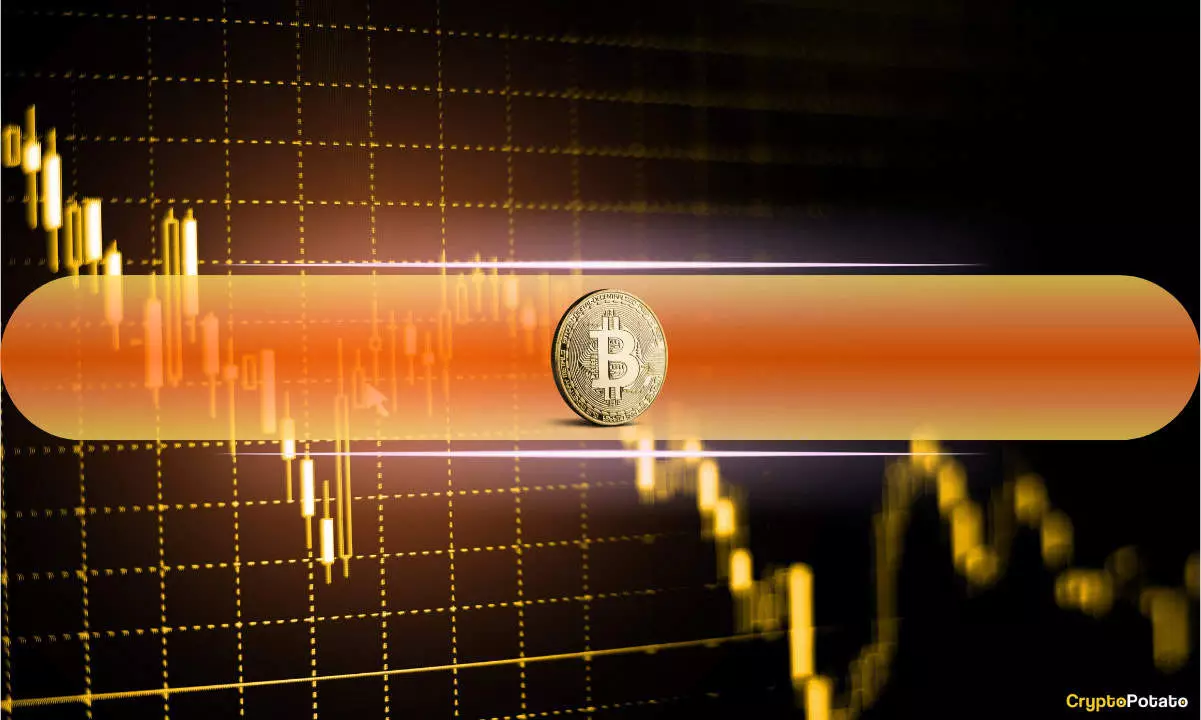Recent reports indicate that inflation in the United States has surged beyond expectations, triggering significant tremors in the cryptocurrency landscape. Bitcoin, in particular, is a reflection of this volatility, initially plummeting to about $94,000 following the inflation announcement. However, it showcased a remarkable recovery as it bounced back to approximately $98,000 before stabilizing around $96,000. Such fluctuations illuminate a potential trend of “sell the rumor, buy the news,” where market players react swiftly to anticipation and subsequent revelations concerning economic indicators.
The report from the US Consumer Price Index (CPI) indicated a monthly increase of 0.5%, resulting in an annual inflation rate of 3.0%, surpassing the anticipated 2.9%. Similarly, core CPI, which excludes the more unpredictable food and energy variables, escalated by 0.4% over the month, reaching an annualized 3.3%. This unanticipated rise in inflationary pressure ignited waves of volatility not only in cryptocurrencies but also in traditional financial markets.
The immediate aftermath of the CPI report’s release saw Bitcoin dip briefly, a response likely fueled by short-term panic among retail investors. However, this decline was counterbalanced by a recovery that saw Bitcoin peak at $98,100. Notably, this sharp momentum occurred amidst rising concerns expressed by retail investors about the implications of persistent inflationary pressures. Santiment, a market analytics firm, hinted at the possibility that knowledgeable insiders might have had prior access to this data, leading to their strategic movements before the bolstering of retail panic.
Moreover, discussions revolving around inflation, particularly the CPI report, have surged across various social media platforms like X, Reddit, Telegram, and Bitcointalk. With engagement levels hitting a peak not seen in 15 months, there’s a clear indication that traders are increasingly vigilant about inflation statistics and their ramifications within the volatile crypto market.
The Federal Reserve’s handling of interest rates is of critical importance in this unfolding scenario. Many analysts were taken aback by the Fed’s decision to halt interest rate cuts during the November 2024 Federal Open Market Committee (FOMC) meeting. Given the ongoing inflation concerns, the market anticipates that it may take some time before we see any further reductions, which traditionally provide a boost to both stock and crypto markets alike. The adverse reactions from rate hikes in 2022 still linger in the minds of investors, a factor contributing to their current apprehensions.
Research from Santiment has raised alarms over potential adverse outcomes should the Fed continue to disappoint investors with lackluster decisions. If the central bank unveils a third successive unsatisfactory outcome regarding interest rate policies, retail investors might exit the crypto space altogether, potentially heightening fear, uncertainty, and doubt (FUD).
Despite these challenges, Bitcoin has demonstrated a certain degree of resilience. Data from Glassnode indicates an escalation in liquidity, hinting at robust inflows of capital supporting its market. This strong institutional backing, coupled with a committed base of long-term investors, appears to be crucial in stabilizing Bitcoin’s price amid increasing market complexities.
In addition, proposed legislative initiatives across various US states to establish strategic Bitcoin reserve holdings could massively affect market dynamics. With 19 states currently drafting proposals to purchase Bitcoin, estimates from experts like VanEck’s Matthew Sigel suggest that such moves could result in $23 billion worth of BTC acquisitions. This potential influx would vastly surpass the existing holdings of the US government in Bitcoin.
The intricate interplay between inflation, regulatory developments, and investor sentiment suggests that Bitcoin remains at a pivotal point. The current climate, underscored by inflationary challenges and market anxieties, has created both risks and opportunities for investors. If smaller traders react emotionally to inflation news, larger market players might find advantageous conditions to accumulate Bitcoin, potentially driving prices higher.
While the immediate future may appear precarious, the groundwork laid by strong institutional factors and legislative support provides a promising prospect. The evolving narrative of “sell the rumor, buy the news” exemplifies the market’s psychological undertones and indicates that Bitcoin is far from being a stagnant asset; instead, it is a dynamic entity poised for further exploration in this ever-evolving economic landscape.


Leave a Reply